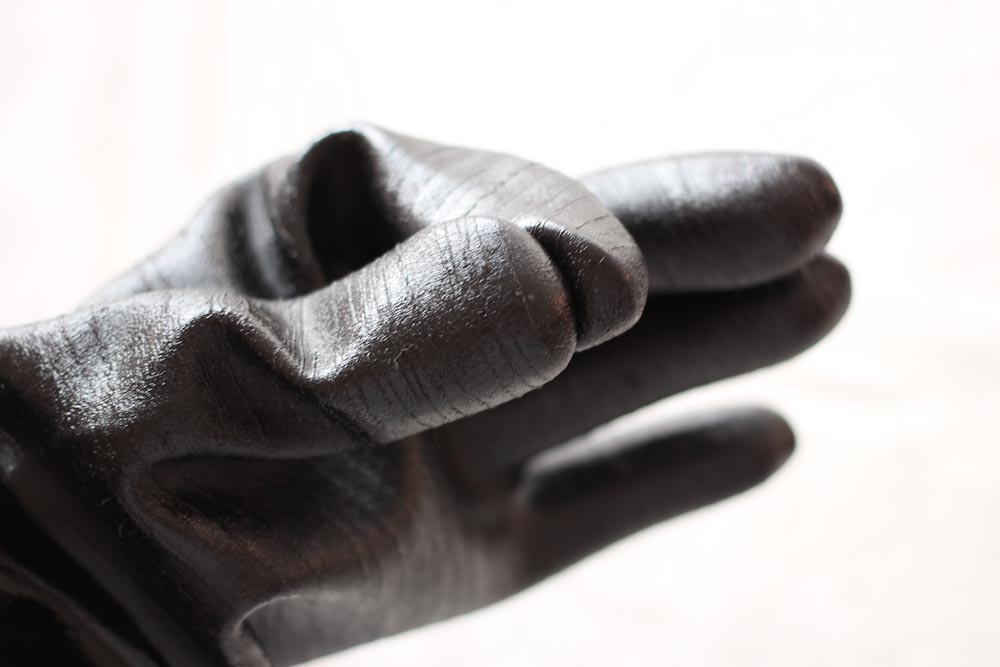Recently I've been getting dizzy spells when I exercise. Like hearing-loss, tunnel vision, about to pass out sort of dizzy spells. (Don't worry I'm fine.) After one very expensive visit to the cardiologist, he gave me this advice which I probably could have read on the internet if I had looked into it hard enough: "You have low blood pressure. [Duh.] Don't stand up too quickly. [Duh.] You need to be well hydrated to prevent fainting when exercising. [Duh.] And if you've done that and it's still happening, add salt to your diet. [Wha?] As much as you want. [YES!]" So I shouldn't skip the salt at meals. Just make sure there isn't shitty food underneath that salt. Done and done. Did I mention that on the first date with my now fiancee, I told him my favorite dessert was a side of bacon?
[This is where I give permission to all the non-dye-information-seeking people to leave. :)]
 But this post isn't just about adding salt to my regular diet. Obviously. This post is about the importance of adding salt when dyeing with reactive dyes other wise known as MX procion dyes. Dyes used to color cellulose fibers such as cotton, rayon, and hemp.
But this post isn't just about adding salt to my regular diet. Obviously. This post is about the importance of adding salt when dyeing with reactive dyes other wise known as MX procion dyes. Dyes used to color cellulose fibers such as cotton, rayon, and hemp.
I have been ignoring these dyes for a while. Mainly because I haven't been able to achieve awesome vibrant color-fast hues like I get with acid-based dyes. And that has been INCREDIBLY FRUSTRATING.
So I decided to figure out why I wasn't getting what I expected out of these dyes, the only way I know how. Chemistry lab style.
I started by researching. Several instruction sets on reactive dyeing told me that the amount of water didn't matter as long as the fiber had enough room to "swim" around in. If you want even coverage, you need the right amount of water [in the right shaped container] to cover your fabric without it folding on itself. Also, make sure to stir the pot a lot. But one source said salt wasn't needed, and another source said it was imperative. On top of it, I found 3 different water to salt ratios to use. Confusing.
So I put together a small test setup where I tested just the addition of salt. Two yogurt containers, each with the same amount of dye, water, soda ash and fabric. One did not have salt, the other contained salt in an amount that correlated with the amount of water I used. I used a highest salt to water ratio I found.
Let's see the results:
Holy. Crap. Look at that difference. (True, I didn't get even coverage, but that's because I didn't have the right shaped container for the thickness and stiffness of the fabric I used.)
[This is where I give permission for the non-science-y people to leave.]
So why is salt so important? It apparently boils down to some basic chemistry. This is what I found, paraphrased:
[gn_quote style="2"]When a fiber is immersed in water, it develops a negative electrical charge at the surface, to balance the positive charge inside the fiber. MX dye will split into Na+ (sodium cation) and dye- (dye anion). The positive charge in the fiber is enough to push away the dye, since like repels like. Also, the dye is much more interested in reacting with the water. Enter salt.
When salt is added to water it breaks down into Na+ and Cl-. It is referred to as an electrolyte because it makes the solution electrically conductive. This means it can "mask" the charge at the surface of the fiber. [Imagine the salt ions pulling away the curtain of positive charge on the fiber so that the dye ions can waltz in and bond to the fiber. A little fluffy, but helps to picture right?] Common salt is used because it is pH neutral, easy and safe to handle and cheap.
-Taken from my college notes![/gn_quote]
Now some of you are wondering, "But I'm not bothered by the pastel color that the non-salt bath created." I'm with you. Pastel lovers of the world unite. But this is the other reason why I'm sharing this post: now the soft red on the left side can be achieved simply by using less dye. Use salt in your dye bath, less dye can be added, more dye is exhausted into the fiber, and less dye is poured down the drain at the end. Win-win. YAY!
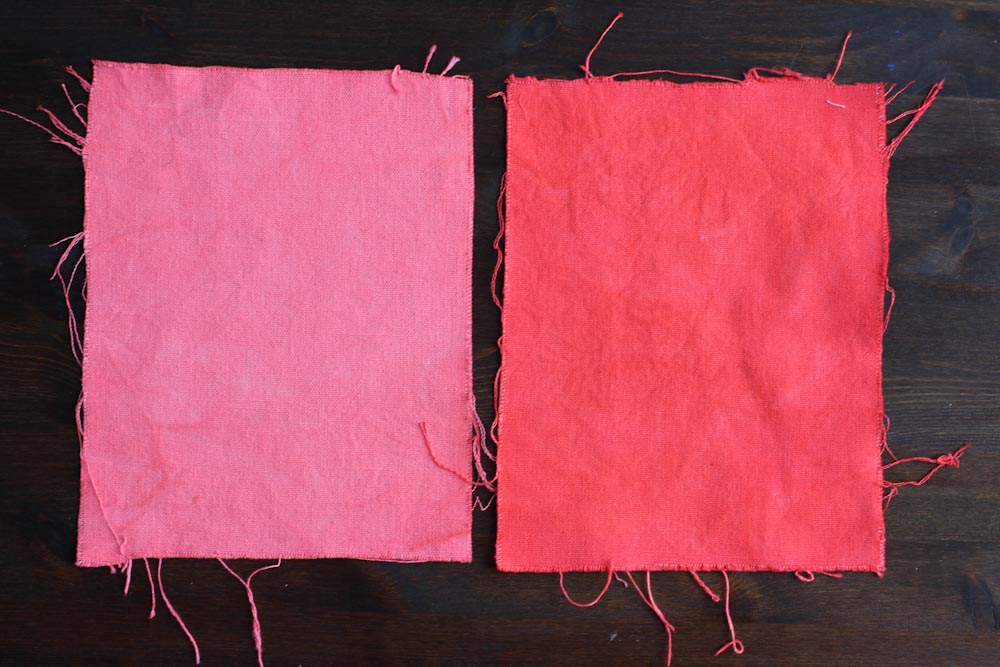





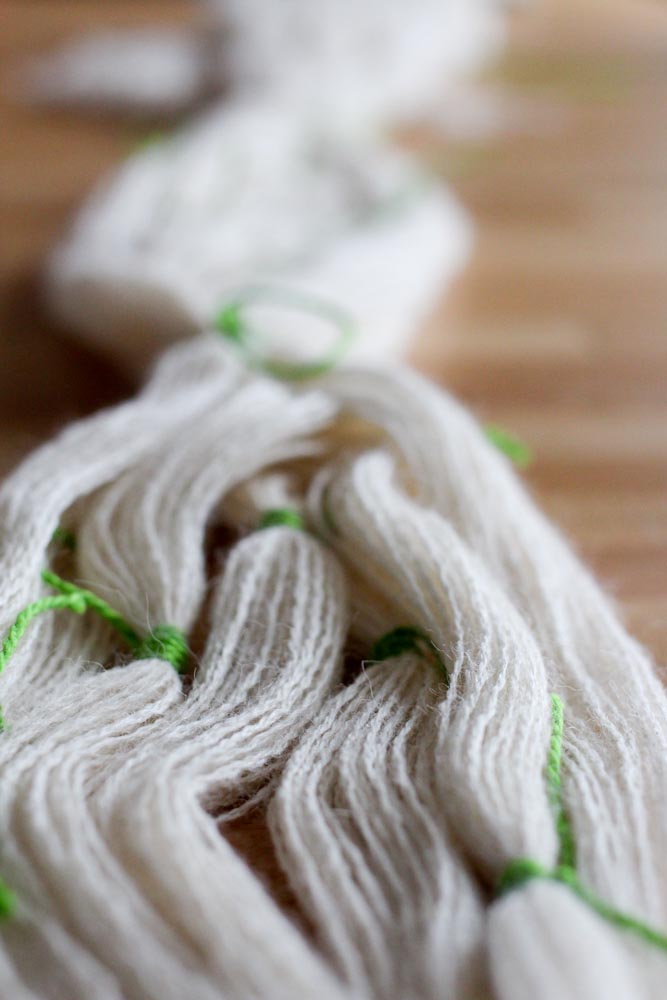


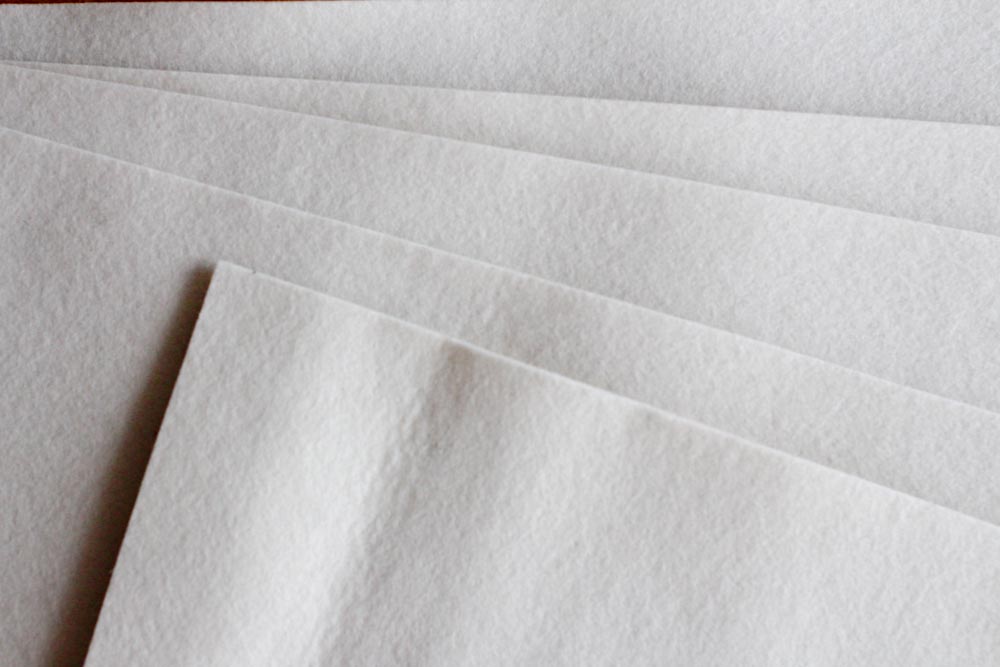
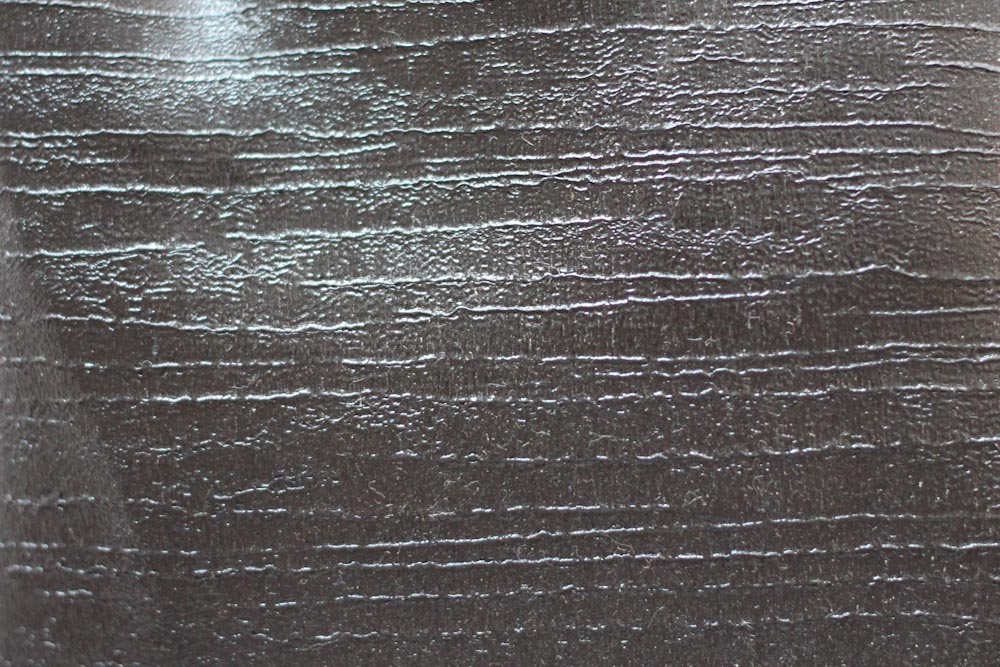 It's hard meeting people in New York, let alone making any sort of connection to them. Over the summer, for some odd reason, I was making a lot of online purchases for the apartment, business and myself. Our UPS guy was coming to the door at least 2 times a week. (I know, it seems ridiculous, apparently I was a good consumer this summer.) He is not one for chitchat, mostly because he has so many damn deliveries and he needs to be quick. But I would do my best to be nice and ask how his day is going as I signed my name. I don't know when it happened exactly, but he started calling me by my first name. And now, whenever I see him, whether it's at my door or outside while he unloads his truck, I make sure to wave and say hi. It's the little things, you know?
It's hard meeting people in New York, let alone making any sort of connection to them. Over the summer, for some odd reason, I was making a lot of online purchases for the apartment, business and myself. Our UPS guy was coming to the door at least 2 times a week. (I know, it seems ridiculous, apparently I was a good consumer this summer.) He is not one for chitchat, mostly because he has so many damn deliveries and he needs to be quick. But I would do my best to be nice and ask how his day is going as I signed my name. I don't know when it happened exactly, but he started calling me by my first name. And now, whenever I see him, whether it's at my door or outside while he unloads his truck, I make sure to wave and say hi. It's the little things, you know?

